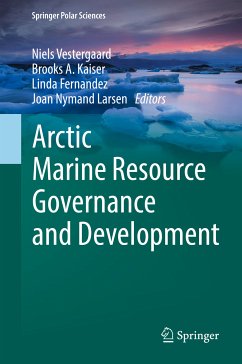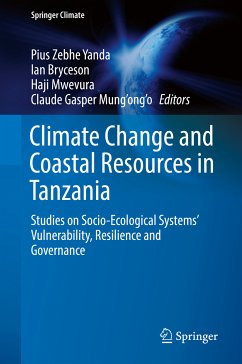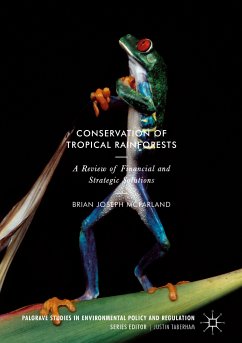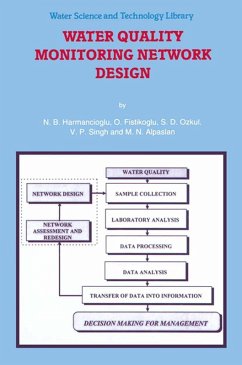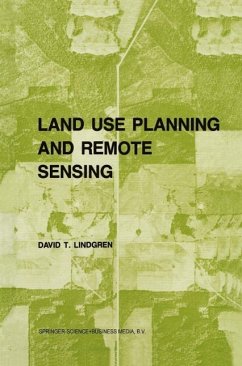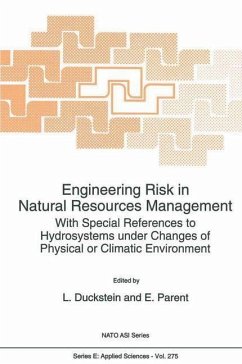
Altered Policy Landscapes (eBook, PDF)
Fracking, Grazing, and the Bureau of Land Management
Versandkostenfrei!
Sofort per Download lieferbar
72,95 €
inkl. MwSt.
Weitere Ausgaben:

PAYBACK Punkte
36 °P sammeln!
Documents the U.S. Bureau of Land Management's (BLM) shift from a rancher-dominated agency to an energy-dominated agency
Identifies the conditions under which hydraulic fracturing (fracking) in the Rocky Mountain West triggered a political conflict between ranching and energy stakeholder groups
Analyzes the BLM's current land-use policies in the context of a system dominated by energy development interests
Dieser Download kann aus rechtlichen Gründen nur mit Rechnungsadresse in A, B, BG, CY, CZ, D, DK, EW, E, FIN, F, GR, HR, H, IRL, I, LT, L, LR, M, NL, PL, P, R, S, SLO, SK ausgeliefert werden.




